10 Legendary Graphic Designers and Key Lessons
By Trupti on 27 Jan 2025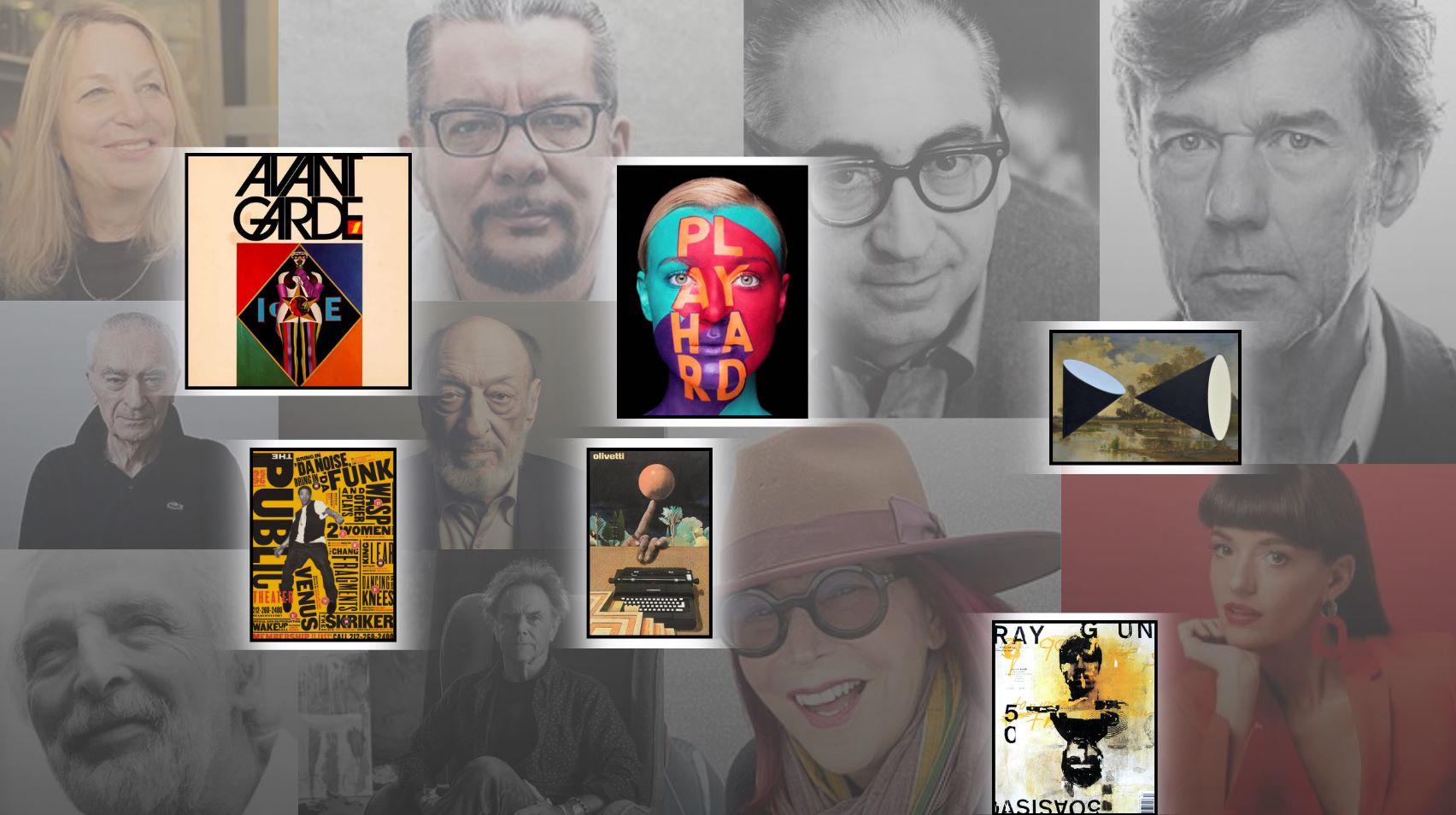
Graphic design is a powerful tool that blends creativity and strategy to communicate ideas visually. Over the years, legendary graphic designers have left an indelible mark on the industry, pushing boundaries and inspiring countless others. These legendary graphic designers have shaped the field in profound ways, and in this article, we explore 10 iconic graphic designers, their contributions, and the valuable lessons we can learn from them.
1. Massimo Vignelli

Contribution to Design
Massimo Vignelli was an Italian graphic designer known for his impactful work in typography and branding. His design for the New York City subway map and the iconic American Airlines logo are prime examples of his clarity and precision.
Design Philosophy
Vignelli adhered to a “timeless design” principle, focusing on simplicity and discipline. He believed design should stand the test of time and avoid fleeting trends.
What We Can Learn
- Timelessness is essential: Design with longevity in mind.
- Clarity is king: Ensure every design communicates effectively.
- Discipline brings consistency: Stick to core principles to maintain quality.


2. Paula Scher

Contribution to Design
Paula Scher, a pioneering graphic designer, is best known for her bold typography and branding work. As a principal at Pentagram, She develops the visual language for iconic brands and institutions worldwide, including The Public Theater, CitiBank, and MoMA.
Design Philosophy
Scher’s work embraces experimentation and boldness. She uses typography as a visual language to create memorable and striking designs.
What We Can Learn
- Be bold: Don’t be afraid to take risks and stand out.
- Typography tells a story: Use fonts to evoke emotions and reinforce messages.
- Adaptability wins: Great design evolves with the times.
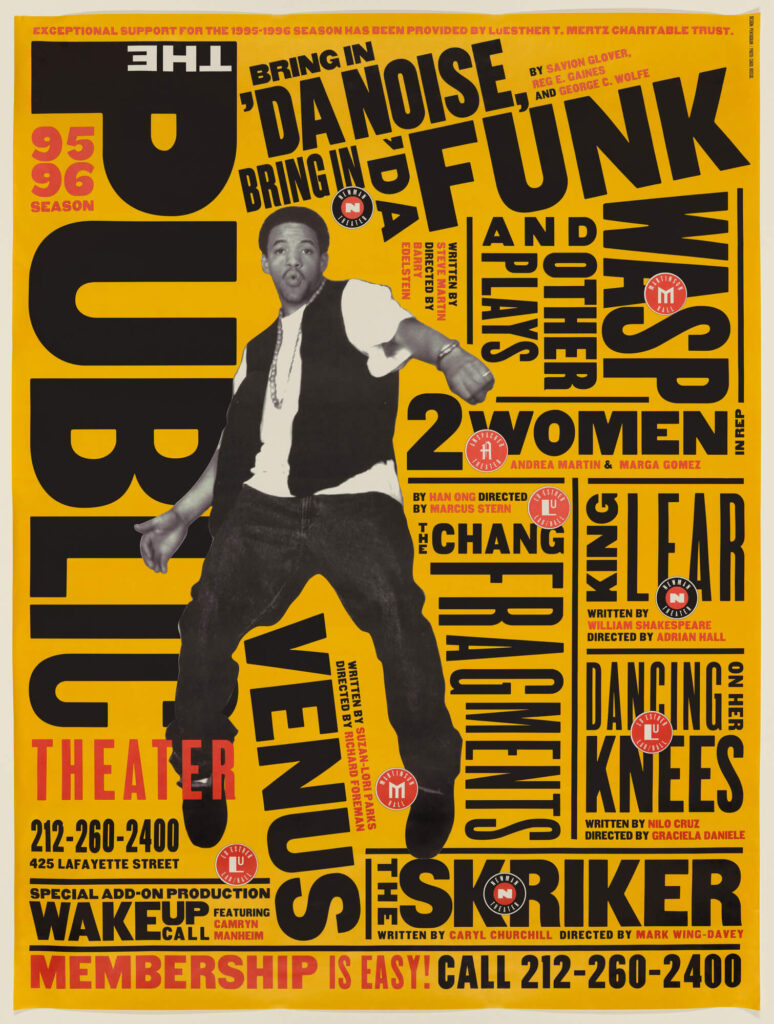


3. Stefan Sagmeister

Contribution to Design
Stefan Sagmeister is a graphic designer and typographer renowned for his provocative and experimental works. His projects often blend humor, surprise, and deep emotional connections.
Design Philosophy
Sagmeister believes in creating work that evokes strong emotions. His approach often challenges conventional norms and incorporates personal narratives.
What We Can Learn
- Evoke emotions: Great design resonates emotionally with audiences.
- Take risks: Boldness often leads to memorable work.
- Make it personal: Infuse authenticity and individuality into designs.
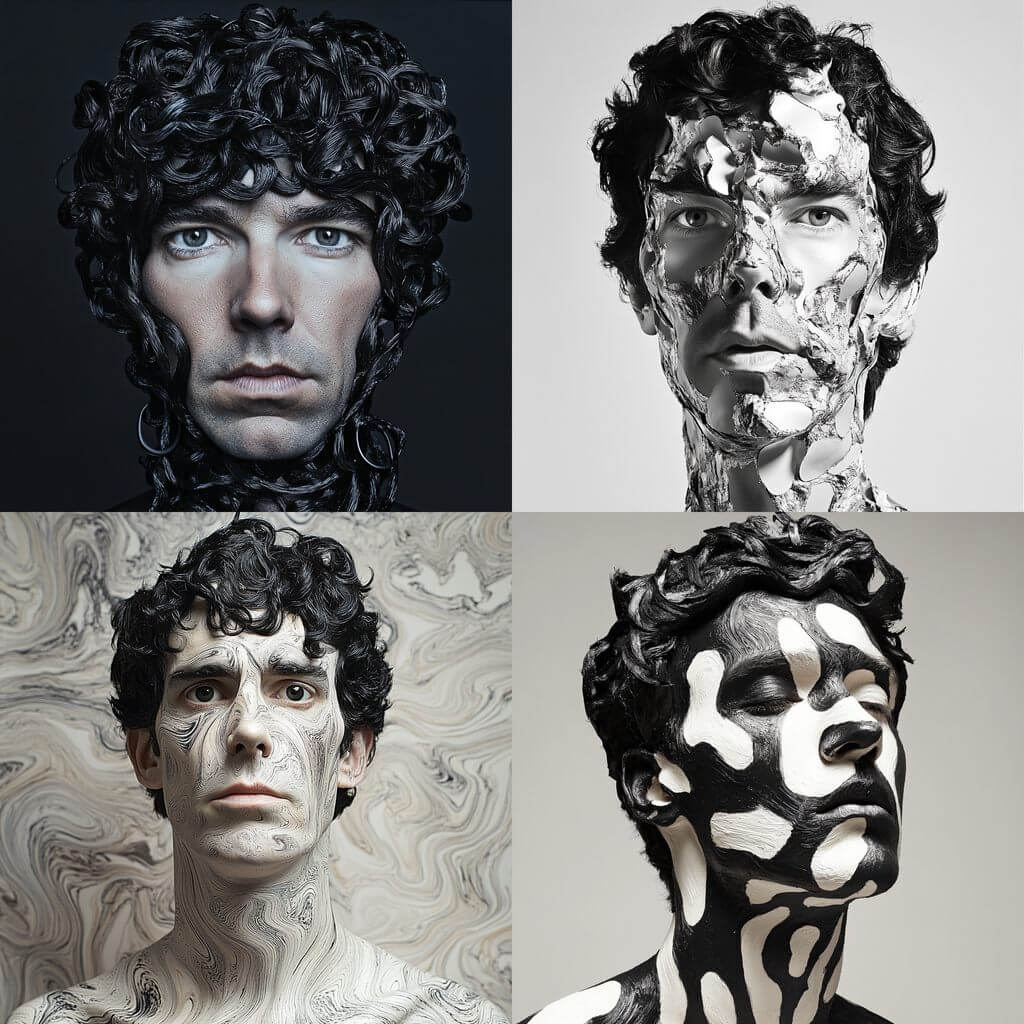
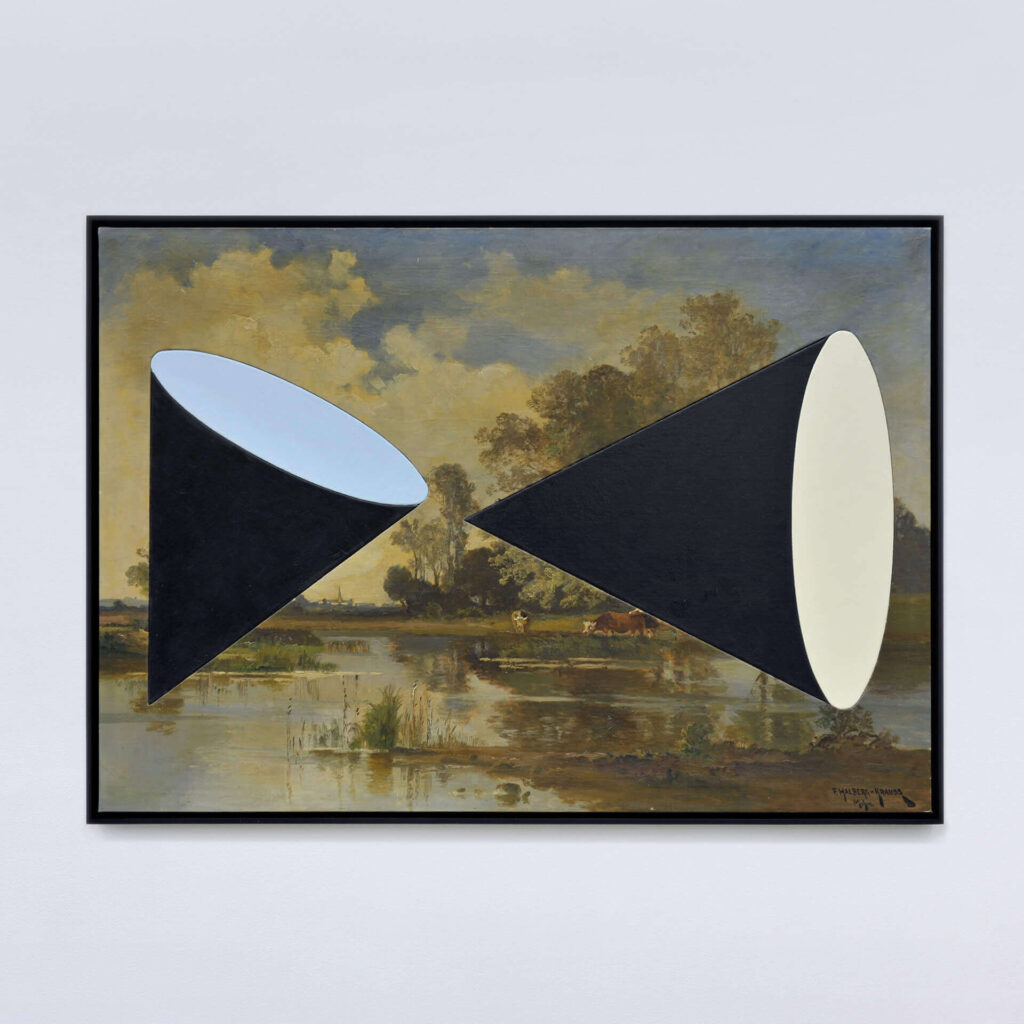
4. Milton Glaser

Contribution to Design
Milton Glaser, the creator of the iconic “I ❤ NY” logo, is one of the most celebrated graphic designers in history. His work spans posters, logos, and branding campaigns that have become cultural touchstones.
Design Philosophy
Glaser’s designs were deeply rooted in storytelling and connection. He believed design should serve a purpose and resonate with the audience.
What We Can Learn
- Design with purpose: Every element in a design should serve a clear function.
- Tell a story: Use visuals to create emotional and narrative depth.
- Simplicity speaks volumes: Keep designs clear and impactful.


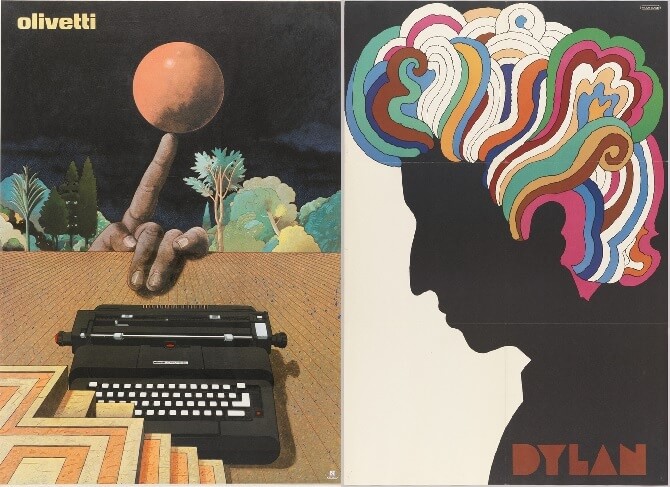
5. Saul Bass

Contribution to Design
Saul Bass is famous for revolutionizing movie posters and title sequences. His iconic work for films like “Schindler’s List“, “Vertigo” and “The Man with the Golden Arm” set a new standard for cinematic graphics.
Design Philosophy
Bass believed in designing with simplicity and boldness, often using abstract shapes and minimalism to convey complex ideas.
What We Can Learn
- Simplify to amplify: Use minimal elements to create maximum impact.
- Think conceptually: Designs should encapsulate the essence of the subject.
- Be memorable: Strive to create work that leaves a lasting impression.

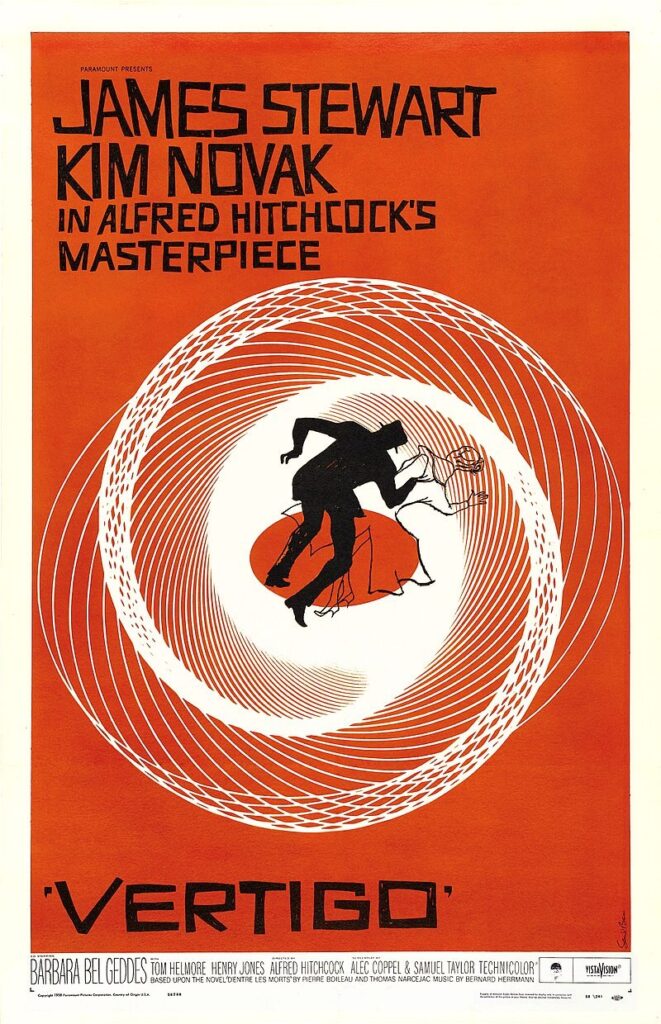
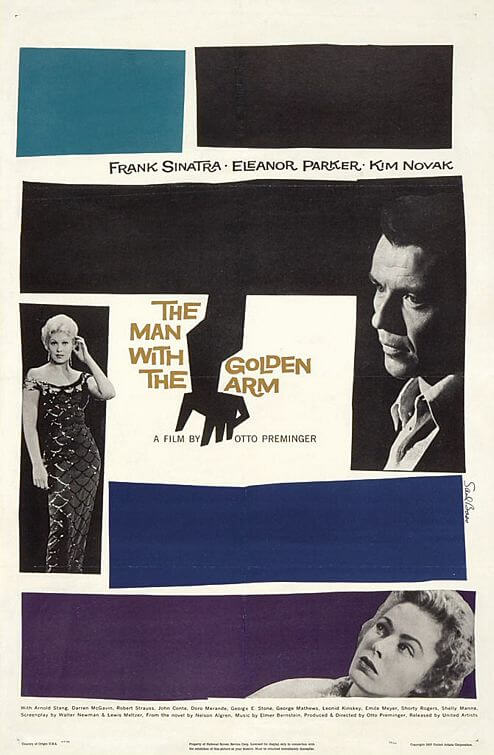
6. Neville Brody

Contribution to Design
Neville Brody is a British graphic designer known for his experimental approach to typography and editorial design. His work for “The Face” magazine and “Arena” defined an era of bold, unconventional layouts.
Design Philosophy
Brody’s designs challenge traditional conventions, focusing on pushing boundaries and embracing creativity.
What We Can Learn
- Break the rules: Don’t be afraid to challenge norms and try new approaches.
- Experiment boldly: Innovation comes from taking risks.
- Typography as art: Fonts and letters can be visual masterpieces.
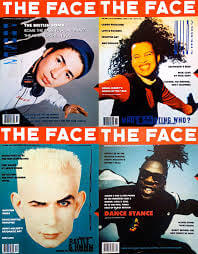

7. April Greiman

Contribution to Design
April Greiman is a pioneer of digital design and one of the first to embrace computer technology in graphic design. Her groundbreaking works merge traditional design principles with digital tools.
Design Philosophy
Greiman believes in integrating technology with creativity, using digital platforms to explore new possibilities in design.
What We Can Learn
- Embrace technology: Stay updated with the latest tools and techniques.
- Blend old and new: Combine traditional design principles with modern innovations.
- Stay curious: Continuously explore and experiment with emerging trends.
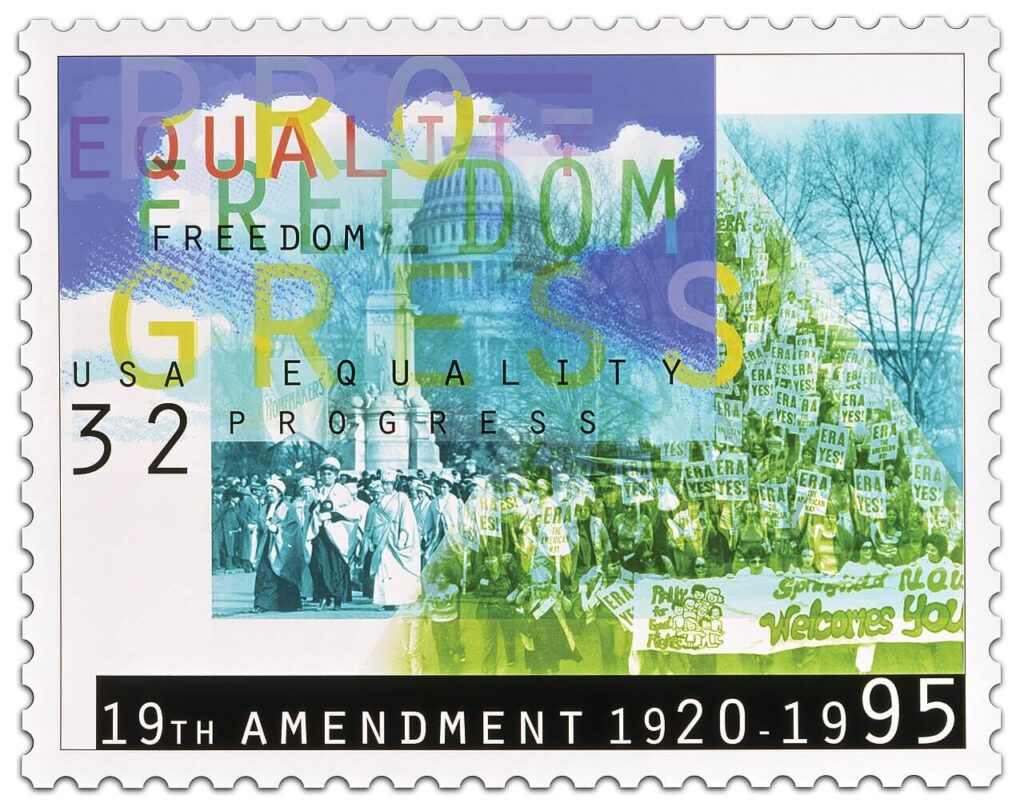

8. David Carson

Contribution to Design
David Carson is best known for his grunge typography and unconventional layouts, particularly in “Ray Gun” magazine. His work defied traditional rules of readability and embraced artistic expression.
Design Philosophy
Carson’s designs prioritize emotion and visual storytelling over rigid structures. He believes in designing for impact rather than conformity.
What We Can Learn
- Challenge norms: Don’t let traditional rules stifle creativity.
- Design for emotion: Create work that connects on a deeper level.
- Be unapologetically unique: Let your personal style shine through.
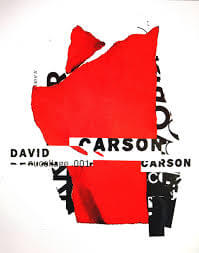
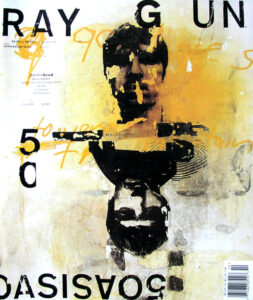
9. Herb Lubalin

Contribution to Design
Herb Lubalin was a master of typography and layout design. His work on “Avant Garde” magazine and various logos demonstrated his ability to use type as a powerful visual element.
Design Philosophy
Lubalin believed in exploring the boundaries of typography, using letters and words as dynamic visual tools.
What We Can Learn
- Typography is versatile: Letters can be as expressive as images.
- Innovate constantly: Push the limits of design tools and techniques.
- Be detail-oriented: Pay attention to every element in a design.
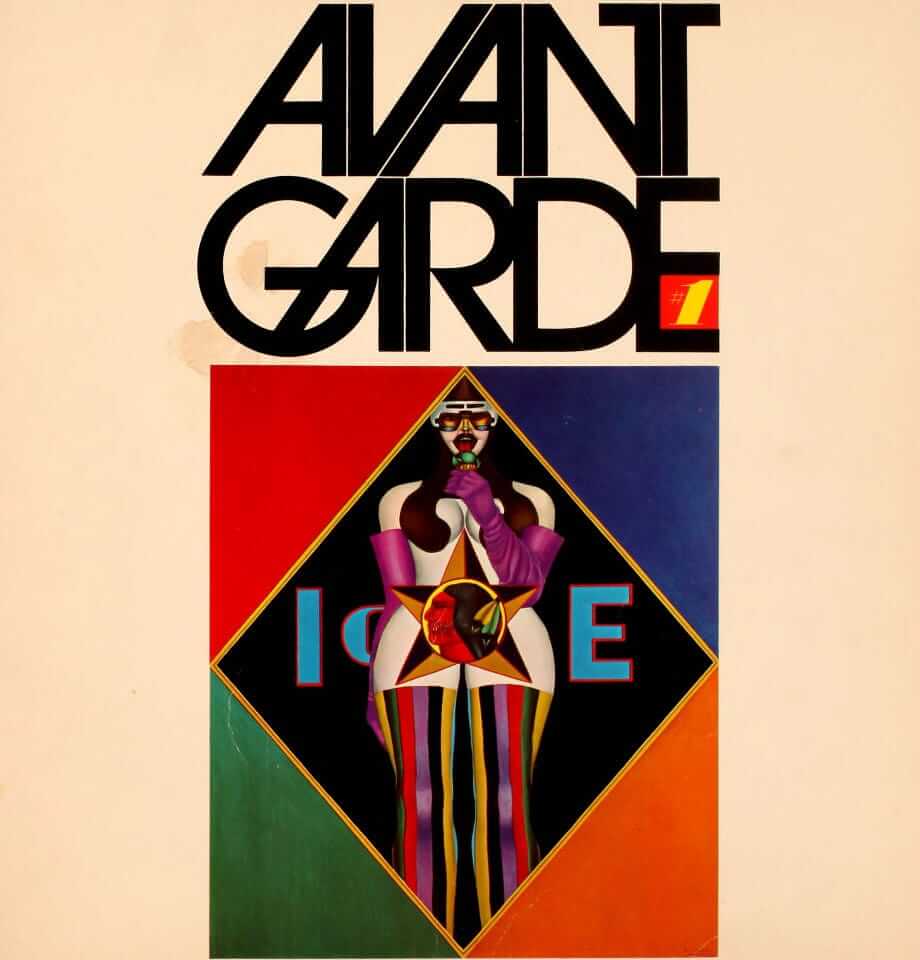
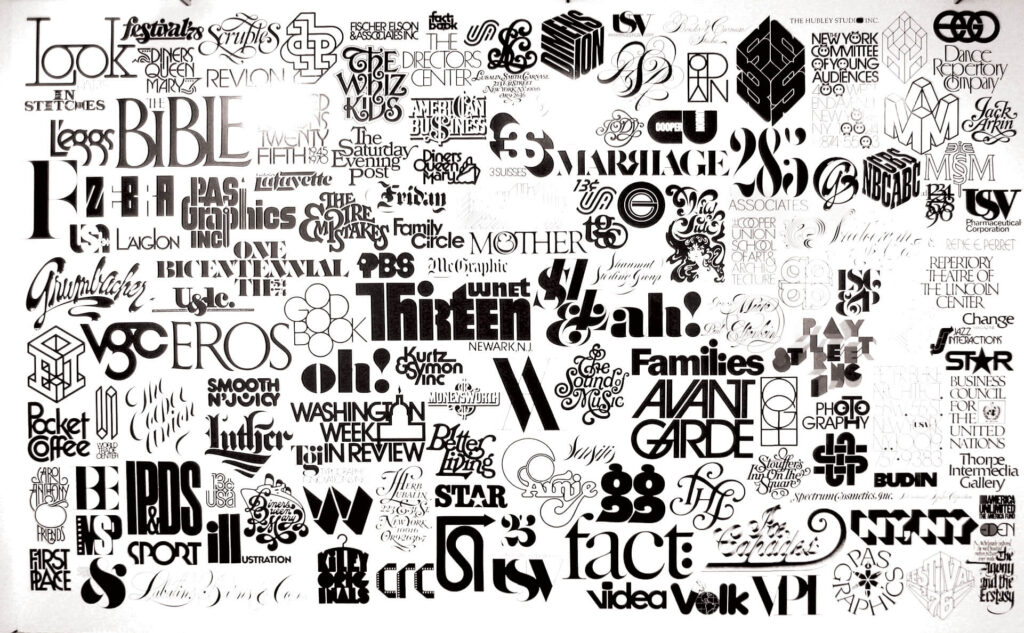
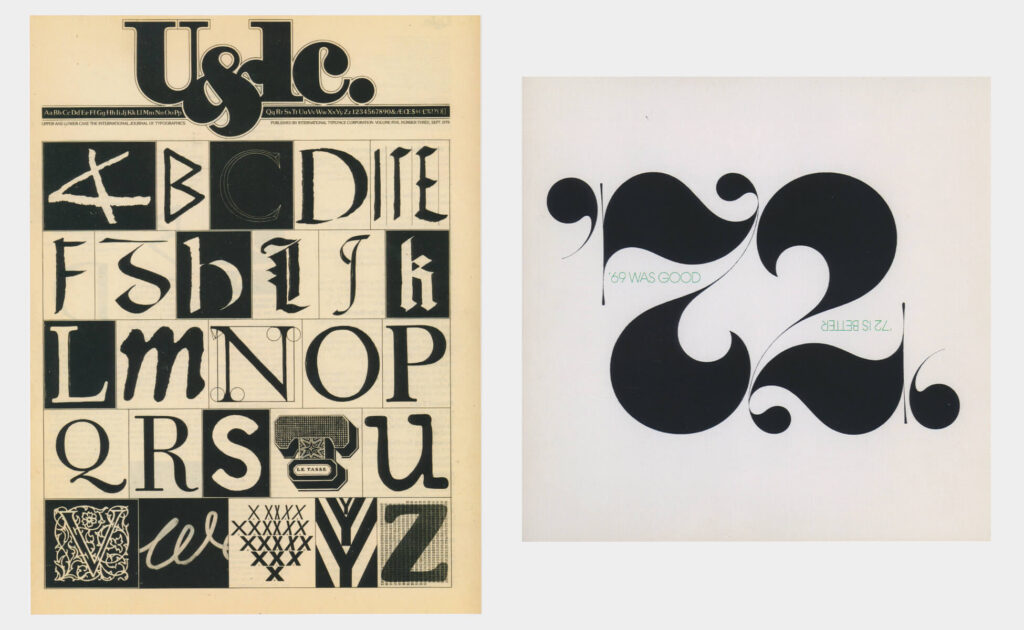
10. Jessica Walsh

Contribution to Design
Jessica Walsh, co-founder of &Walsh, is known for her vibrant, playful designs and engaging social campaigns. Her projects often combine striking visuals with meaningful messages.
Design Philosophy
Walsh’s work emphasizes storytelling, emotion, and connection. She believes in using design as a tool for communication and impact.
What We Can Learn
- Be expressive: Don’t shy away from bold colors and dynamic compositions.
- Focus on storytelling: Great design conveys a narrative.
- Engage the audience: Create work that resonates and inspires action.

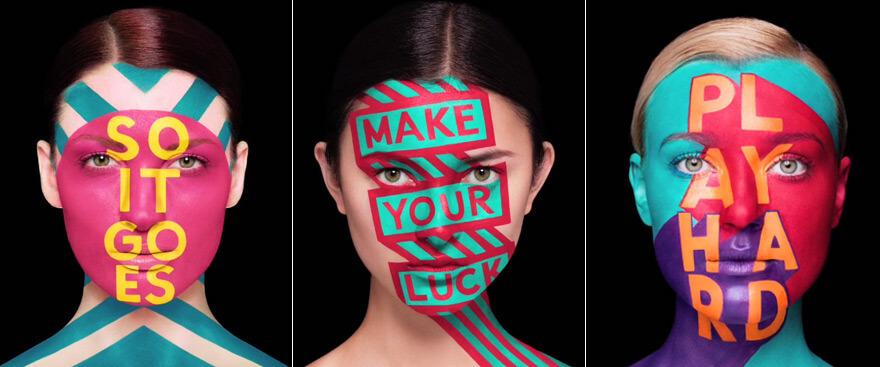

Conclusion
These legendary graphic designers have transformed the industry with their innovation and creativity. By studying their work and philosophies, we can draw inspiration to push our own boundaries, embrace bold ideas, and create designs that leave a lasting legacy.
Join Our Mail List
To get latest updates on courses and news regarding education.